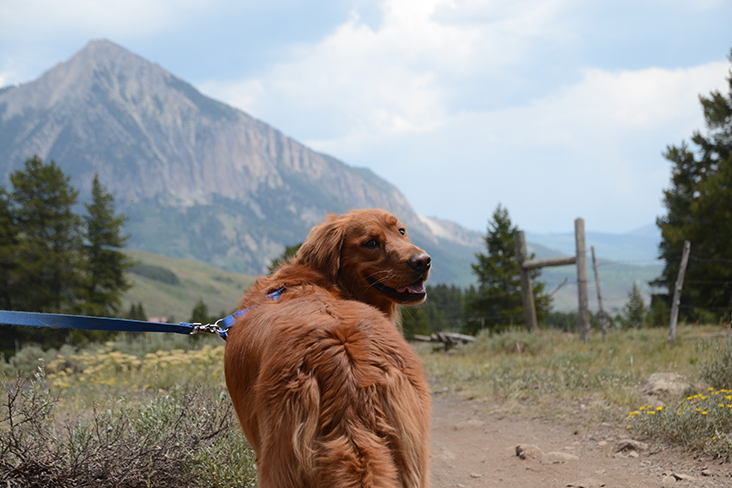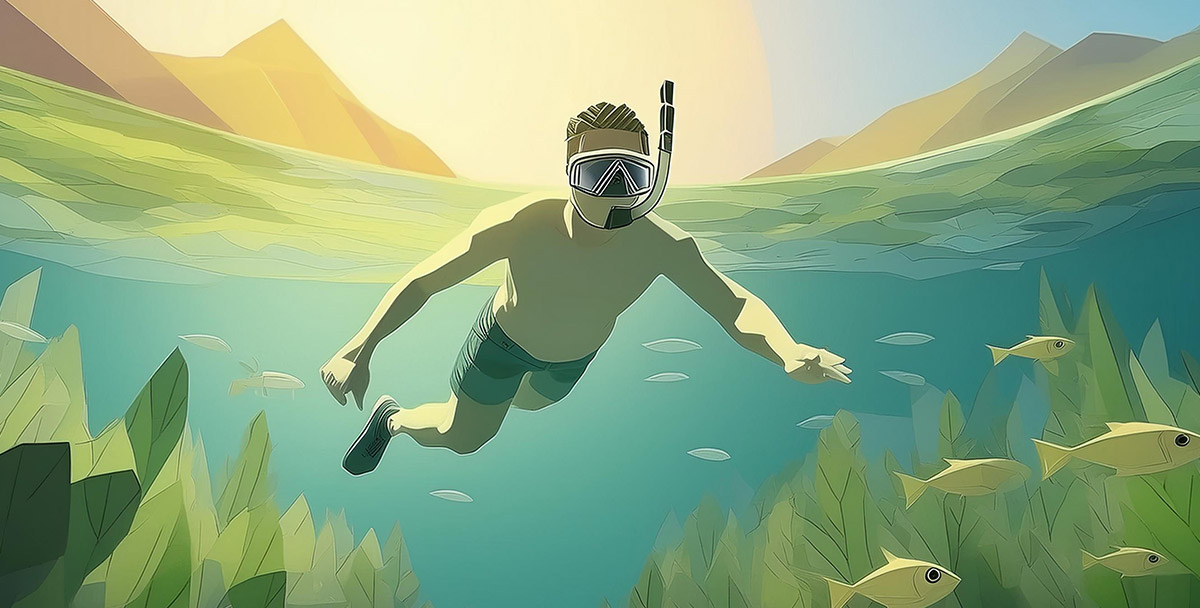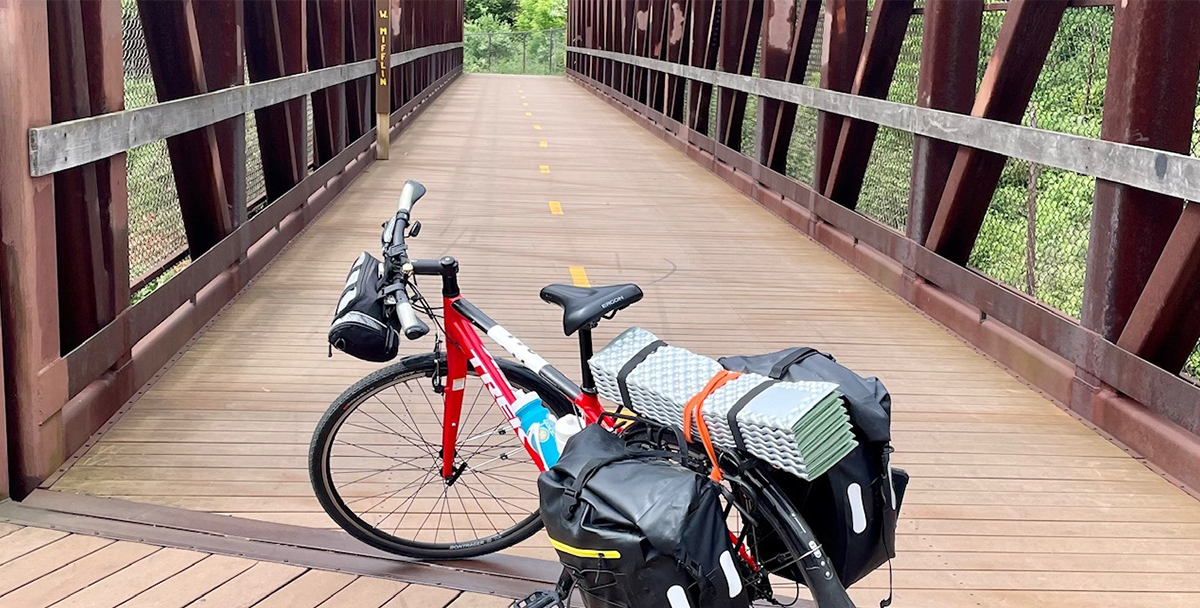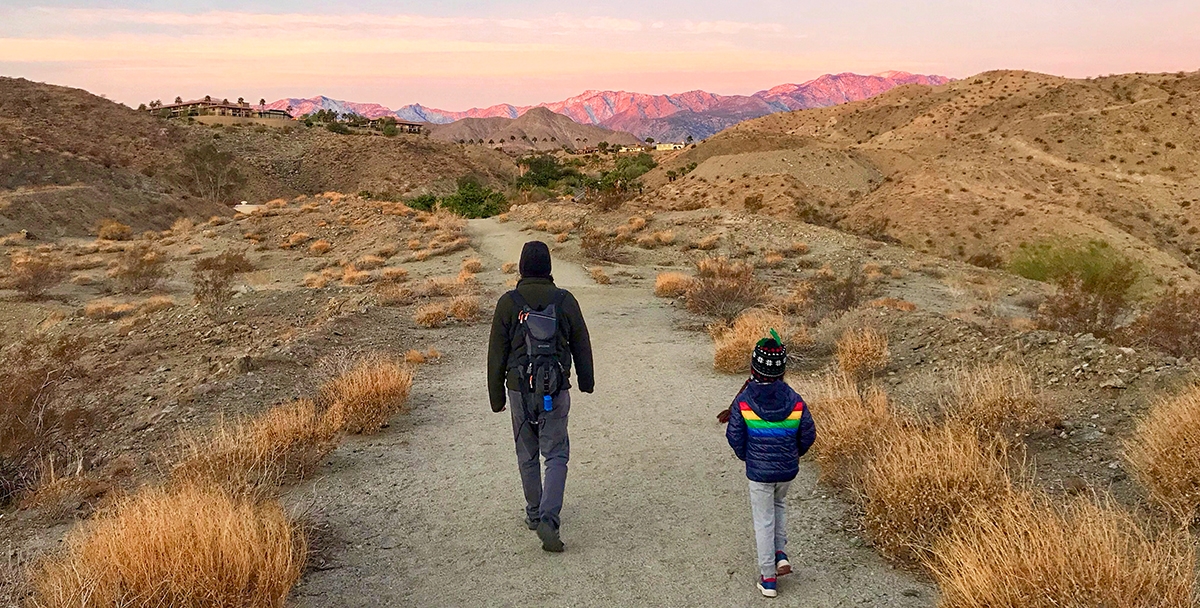For many, life with a four-legged friend is built around adventure. Long trail hikes, impromptu lake swims and exhausted dogs snoring under picnic tables comprise a typical outdoor weekend. Perhaps these adventures have prompted you to think about undertaking a bigger outdoor challenge.
Done right, backpacking solo with your dog can be a unique experience you’ll remember fondly when you or your bouncy pup reach the stage where you prefer resting on the couch together to racking up the trail miles.
That’s been the experience for Katy Nelson, wilderness and trails program manager for the Aspen-Sopris Ranger District on Colorado’s White River National Forest, home to the Maroon Bells mountain peaks and the Four Pass Loop backpacking trail. She has spent countless nights in the mountains alone and with her dog, Sadie, 7, adopted from a shelter in Salmon, Idaho.
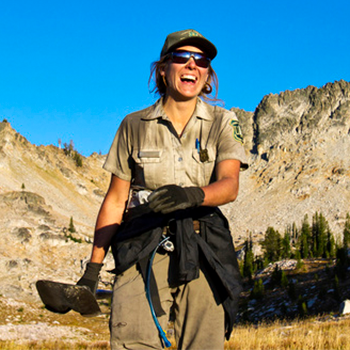
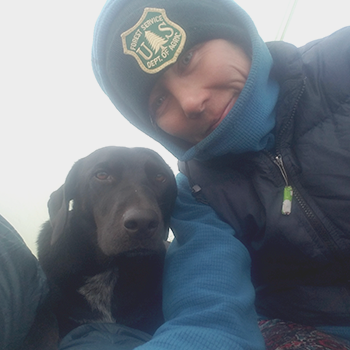
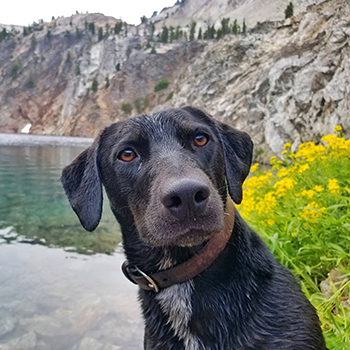
Nelson says that taking her dog on these trips brings out the best in both her and her pup.
“I tell people that if they want to see the best version of me, go into a remote wild place with me. That’s where I thrive. And that’s where my dog, Sadie, thrives too,” she says. “Our souls are smiling out there. It sounds cheesy, but it’s true.”
But backpacking with your dog can pose challenges. The key to planning a successful trip, experts we interviewed say, is knowing your own – and your dog’s – ability to handle whatever you encounter in the wilderness.
“It’s just been one of the most formative experiences, including the hard moments,” Nelson says. “I think it can be a beautiful thing if it’s something you’re seeking personally and want to experience.”
Read Drive’s comprehensive guide for staying safe in the wild, such as bringing more water than you think you’ll drink and fire-starter fuel cubes, and how to build a first-aid kit for your dog.
Here are additional tips for when it’s just you and your dog on a backpacking trip.
Plan Ahead
Don’t let your ego get in the way, and don’t be afraid to turn back if you run into problems on the trail. The same advice applies for backpacking solo with your dog as it does to trekking with a big group of friends: Do your homework, and be prepared.
“This is not the moment to be filled with bravado. This is the moment to have an honest assessment: Are you capable?” says Benjamin Cossel, spokesman for Stanislaus National Forest in California’s Sierra Nevada. “People overestimate their strengths and underestimate the power of nature.”
Things to think about include assessing factors like elevation, length, inclines, weather and time of day. Other tips include talking to your vet, who will be able to discuss your specific pup’s needs. Some breeds tend to do better on runs, for example. Before looping your dog into a strenuous trip, consider aspects from their breed and age to choosing the right leash.
Nancy East, a retired veterinarian and search and rescue volunteer who lives near Asheville, North Carolina, recommends that you and your dog train on trail hikes together before embarking on a long overnight trip.
“Especially if you plan to put a pack on that dog with food and supplies, you need to train that dog,” East says.
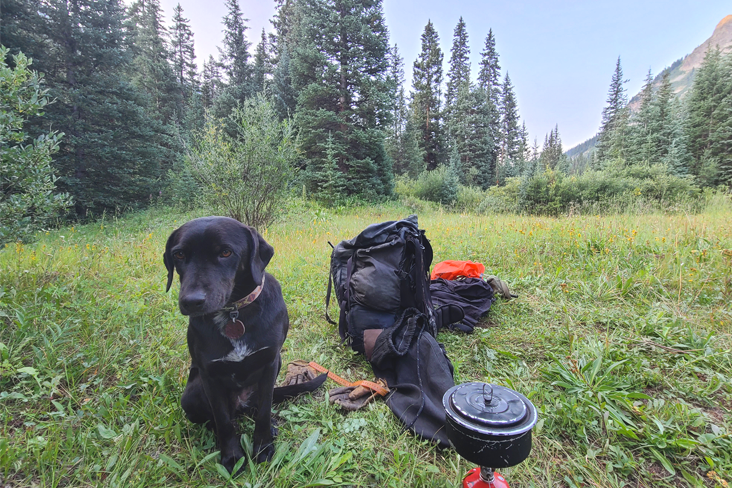
Make sure your pup’s vaccinations are up to date, East adds, and include shots to protect against leptospirosis. Leptospirosis is a bacterial disease spread through the urine of infected animals and can be found in soil or water. Left untreated, it can lead to liver and kidney damage and turn fatal.
Before you step onto the trail, stop at a nearby ranger station to get your wilderness permit and let staff know your route and when you plan to return. If you don’t come back, they can look for you. Note where the nearest fire department or other emergency response station is located in case you need them.
Provide Frequent Drinks and Breaks
While you’re hiking, keep an eye on your dog to make sure he is drinking enough water and taking breaks. Heatstroke is growing more common, caused by warmer summers brought on by climate change, East says. The American Kennel Club® recommends that dogs should be gradually acclimated to hot weather.
Regularly stop to rest, and let your four-legged friend swim, if possible, to stay wet and cool.
According to the American Kennel Club, dogs may be overheating if they are frantically panting or drooling a lot. Specific warning signs of heatstroke can include bright-red membranes, gasping for air or their mouth becoming grayish to purple.
Watch for a rapid, frantic pant “that doesn’t look like a normal pant,” East says. If your dog becomes lethargic, stop.
Catching signs early of heatstroke or other problems is important because “dogs are typically going to follow us as far as they can and then collapse,” East says. If you see any of these signs of heatstroke potentially setting in, abort the trip. “You need to get that dog out of there as soon as possible,” she says, and seek veterinary care.
And look out for ticks, which can be removed on the trail with tweezers, East says. Make sure your dog’s paws aren’t growing sore from the heat or the terrain, and again, stop to rest when needed. As for snakes, if you see or hear a rattlesnake, stay calm, back away and find another path. If a snake bites your dog, turn back immediately and find help.
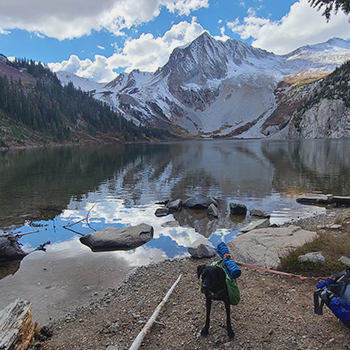
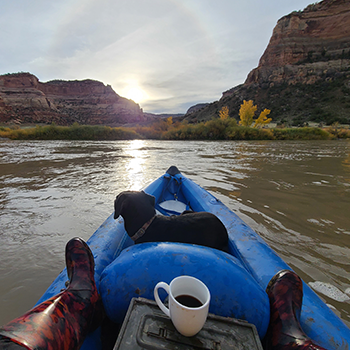
Think About Leashes
East recommends leashing your dog in the backcountry – even if no one is around – and practicing trail hikes with that leash before you go. “It’s different walking the dog through the neighborhood with a leash versus on the trail,” she says.
Keeping dogs on leashes in the backcountry is not something every hiker wants to do – or every dog wants to do, either. But if your dog isn’t trained and doesn’t have good recall, that leash can protect both of you from the backcountry’s unanticipated challenges, the experts we spoke with say. Dogs can spook horses, provoke moose and other wild animals, and annoy fellow hikers who don’t want dogs interrupting their wilderness experience.
“This is, by design, a wild space,” Cossel says. “We have mountain lions. We have bears. If your dog [annoys] a deer in rut, this is not going to go well for you.”
If you still can’t stand the idea of your dog on a leash, call before you go and pick a trail that doesn’t require a restraint. The U.S. Forest Service, the federal agency that manages public lands like national forests and grasslands, offers many backcountry trails where dogs are allowed without leashes. The U.S. National Park Service, managing more than 400 national parks, generally does not.
For Nelson, backpacking alone is “an experience that I’m seeking or I want. This is something I really want to explore for my own reasons, whatever they are. If that’s your motivation, it can be a very powerful thing.”
Nelson says she’s not sure if dogs feel emotions, but Sadie seems stoked to be out on these trips, showing it through excited tail wags and nips.
Last fall, as they sat in a beautiful meadow at the edge of a glowing aspen grove watching a red-tailed hawk cruise in the sky, she says, they heard rustling behind them that turned out to be two elk. “We sat and took it in and were both smiling and sharing a quiet energy and understanding,” she says.
